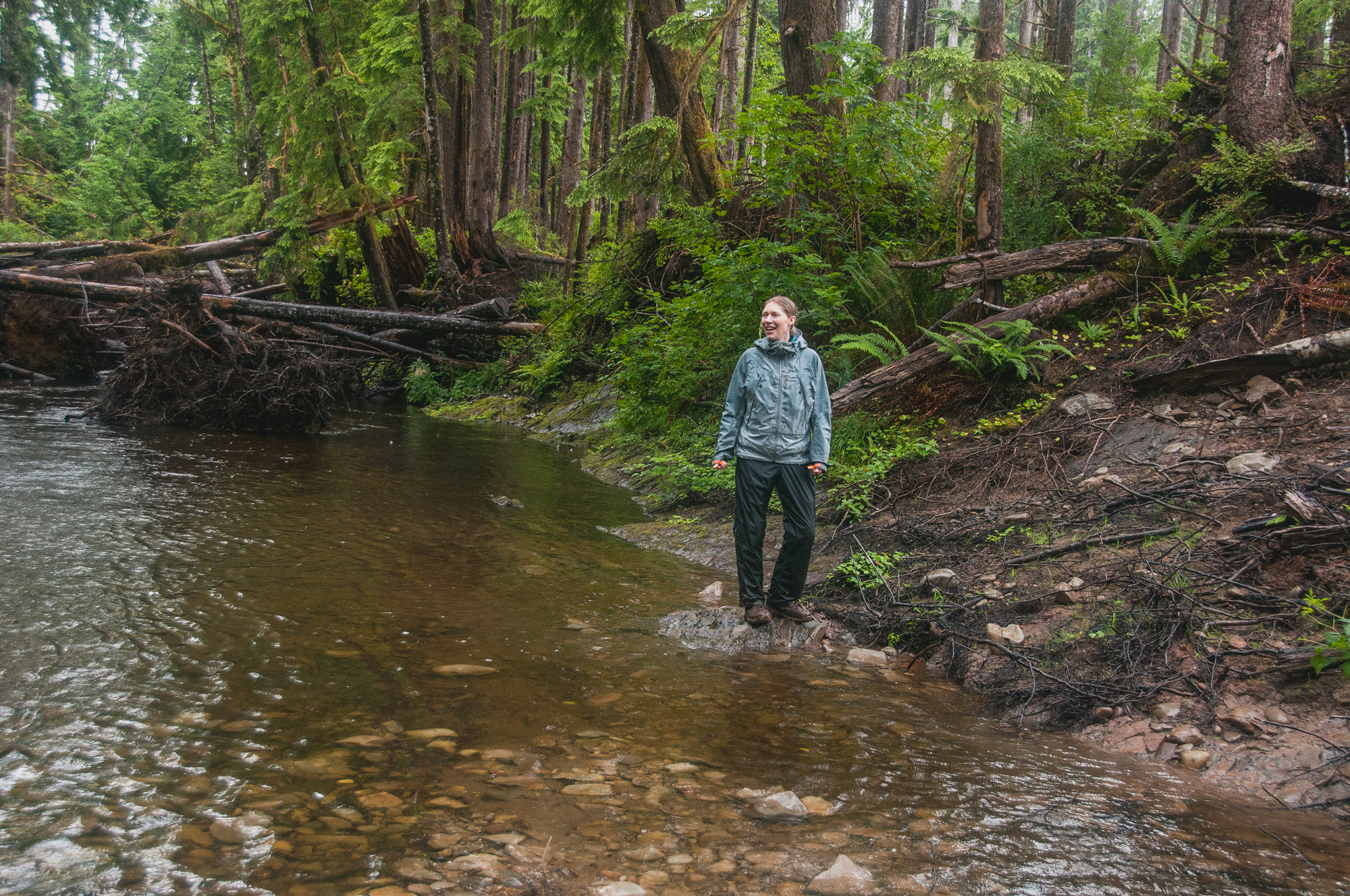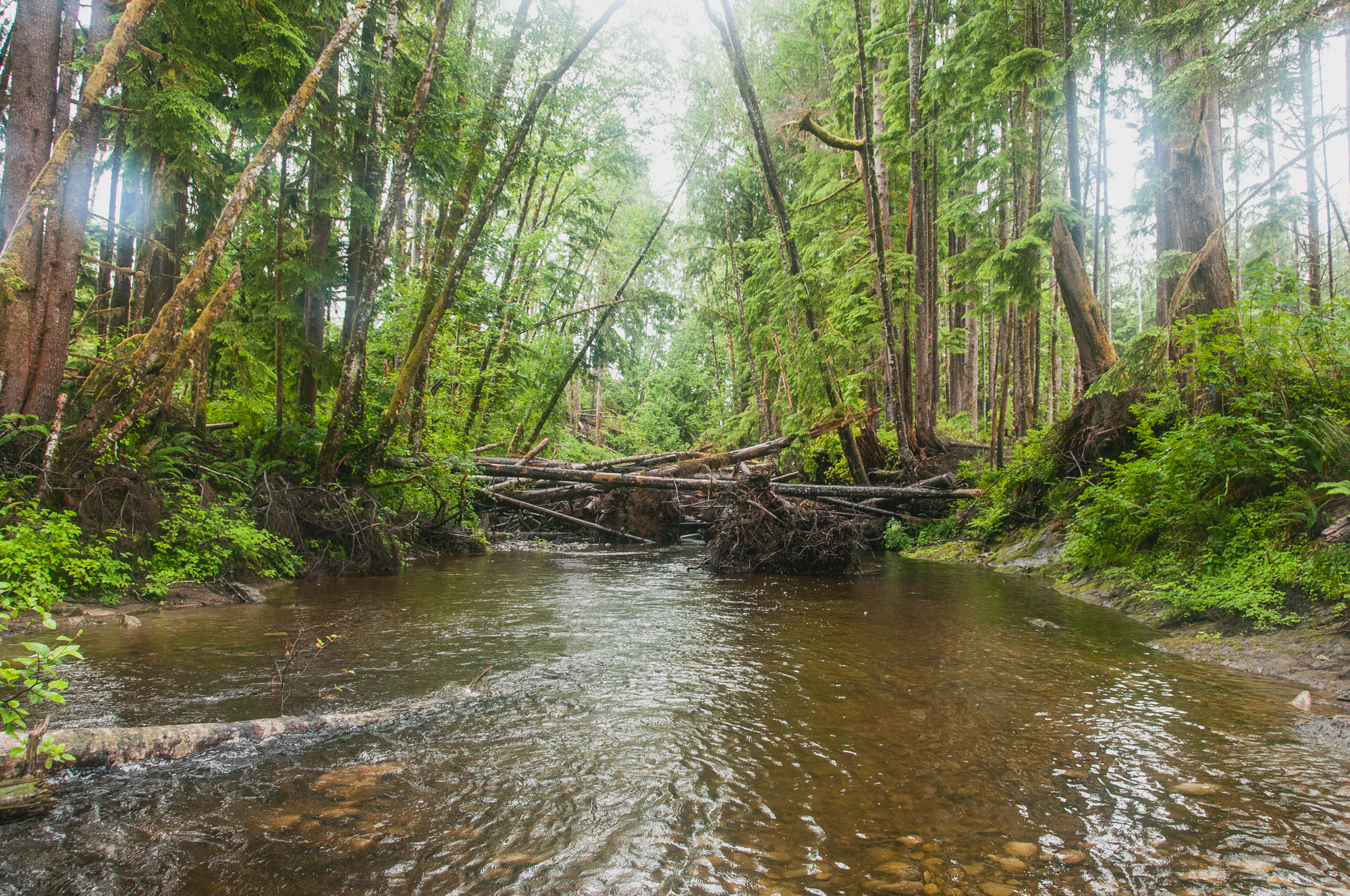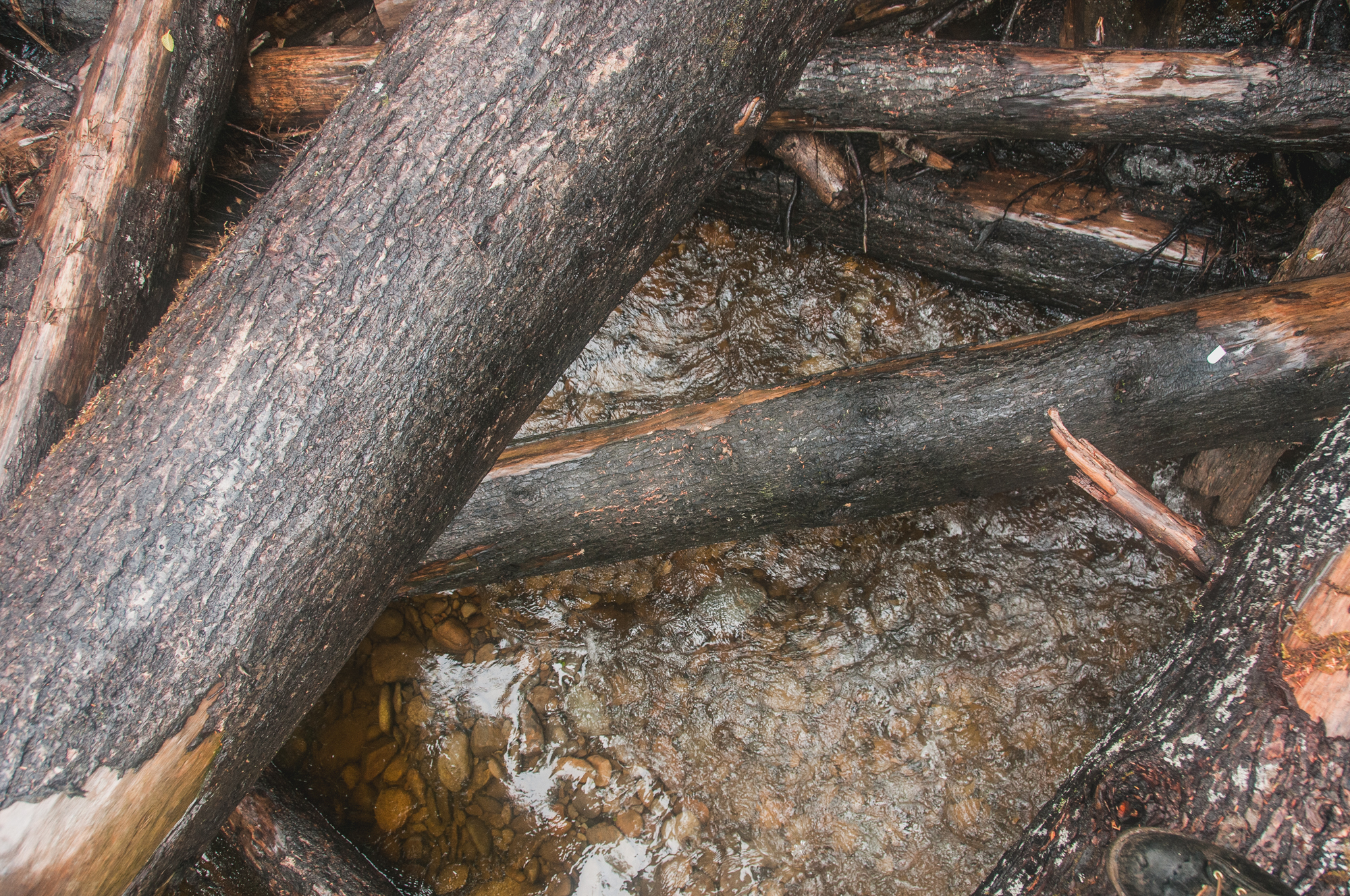New research by The Nature Conservancy in Washington and Washington Dept. of Natural Resources reveals the importance of trailing edge forests as the ‘canaries in the coal mine’ of forest health.
New Larger than Life Map Welcomes You to the Central Cascades
2.7M Acres of Forest Need Treatment: How Do We Accomplish That?
Forest Restoration Spotlight
Photographed by Chris Crisman
Restoring our forests, streams and all the habitat in between.
Our work making Washington’s forests and streams healthier is spotlighted in two vastly different landscapes – the temperate coastal rainforest of Ellsworth Creek, and the dry ponderosa forests of the Central Cascades.
These two stories highlight the restoration work taking place on the ground, as well as paint a picture of the long term vision for these very special places.
From the Chinook Observer, a beautiful story that captures the breadth and depth of the work we’re doing in Ellsworth Creek. Link below.
Chinook Observer - Towering Titans: Nature Conservancy Restoration Breathes Life Into Forest Stream
And a front page spread on the Yakima Herald that showcases our work with the Yakama Nation on the North Fork Taneum Creek. Link below.
Fish of the Forest: Large Wood Benefits Salmon Recovery
Written by Emily Howe, Aquatic Ecologist
Photographed by Hannah Letinich, Volunteer Photgraphy Editor
Graphics by Erica Simek-Sloniker, Visual Communications
Boots. Any aquatic ecologist worth their salt needs a collection of boots. Rubber knee boots, lug-soled hiking boots, felt-soled stream boots, chest waders, and caulks. Caulks? Before last week, a sturdy pair of spike-soled logging boots had not made my inventory list as a fisheries biologist. Flippers, yes. Wet suit booties, sure. But generally speaking, spikes are left to those scaling glaciers or trees.
My recent trip to Washington’s coastal rainforests changed my footwear paradigm.
After a 3-day four-wheel drive tour of Ellsworth Creek, the Hoh, Quinault, and Clearwater Rivers, it is clear that active forest management goes hand in hand with salmon and river recovery. Rolling back a century of damage from industrial logging requires active logging operations to thin and replant monocultural tree plantations, decommissioning and rerouting roads, and reintroducing large wood into streams and rivers. The caulks come in handy on that last one.
You see, to enhance natural river processes critical to salmon and watershed recovery, The Conservancy and its partners are reintroducing fallen trees to streams and floodplains throughout coastal Washington, Puget Sound, and the Central Cascades. This restoration technique ranks as one of the most urgent actions needed for the recovery and future resilience of salmon because it promotes a complex portfolio of aquatic habitats. Once in the water, large wood initiates log jams that in turn increase natural scour, create new pools and deepen existing ones, provide slow-water refuge for juvenile fish, create gravel beds for nesting, trap nutrients in streams, and increase food availability.
The Conservancy’s coastal forest preserves embody the integration of terrestrial and aquatic ecosystems- right down to the boots.










































